Assar Khaneh (Oil-extracting Mill)
Extracted oil has always been an important product to the people of the east. People have used oils and oilseeds for food, medicine, livestock, and poultry, as well as industry. Iranians have long known how to extract oil from oilseeds. But over time, as the population grew and demand increased, people needed a center to produce more oil in a shorter period. Accordingly, Assar Khanehs were built as the first traditional factories for extracting oil.
History of Oil-extracting
The simplest way of Extracting Oil
The most basic Oil-extracting equipment in Iran was a simple machine that consisted of two stones. One stone was bigger and it was hollow, with a hole in the middle of it. Another was a smaller stone that was placed inside the hollow stone. An animal was tied to this stone. The animal would have rotated in a circle. People would have placed seeds into the pit of the hollow stone. As the smaller stone rotated, the oil was extracted from the seeds. Over time, this simple machine became bigger and more advanced.
Establishment of Assar Khaneh
Having a bigger machine required a separate and special enclosure. Therefore, Assar Khanehs were established. The buildings of Assar Khanehs consisted mainly of two floors. Large quantities of grain were delivered to the Assarkhaneh. In no time, oil was made available to the people and merchants.
The End of Assar Khaneh
Over time, as industries modernized, engines entered Assar Khanehs. The oil-extracting was done faster. The role of the animals, like camels, gradually faded. Assar Khanehs gave way to modern factories during the second Pahlavi era and became a part of our memories and history.
Structure of Assar Khaneh
The Assar Khanehs were generally two-story buildings with multiple entrances. The first floor was dedicated to the storage of oil and oilseeds. It was also where the initial stages of extracting oil took place. However, the ground floor was where the main machinery was located. The stones and the camels or cows that were used for turning the millstone were positioned on this floor.
The numerous entrances were set up for distinguished merchants, traders, small buyers, and the entry of animals and oilseeds. Each of these groups entered the Assar Khaneh through a separate door.
Process of Oil-extracting
First, the oil extractors washed the seeds and then placed them under the millstones. The millstones consisted of a large horizontal stone with a hole in the middle and a vertical stone that was attached to a camel or cow.
The first stage of the grinding of the grains took place with the help of the pressure of the vertical stone on the horizontal stone. By adding water to the grounded grains, a paste was produced. This paste was taken to the Tir Khaneh by the oil extractors.
In the Tir Khaneh two very large tree beams were placed on top of each other for further processes. The paste was placed under the beams and as the beams came down, a double pressure was applied to the paste. With the applied pressure, the oil was extracted over time. The oil and its extractions were poured into special pots for storage.
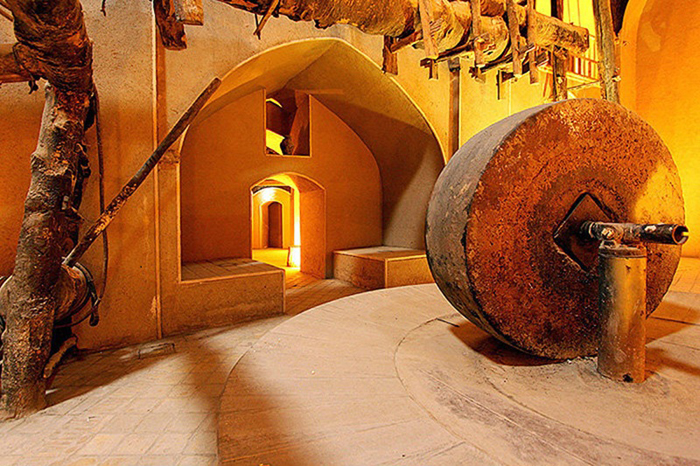
Oil Products
People did not use the extracted oil only for food purposes.
- In the past, before the invention of electricity and light bulbs, people desperately needed light during the night. For this reason, some used candles and others lanterns. The fuel used for the lanterns was supplied by the oils that were extracted from oilseeds.
- People used special oils, produced in the Assar Khanehs, to drive away insects and vermin.
- To protect livestock from insect bites, special oils were applied to their bodies.
- Interestingly, the grain pulp used in the Assar Khaneh was usable. Oilseed was used as a plant fertilizer for plants and trees.
- People also used poppy seeds and oil derived from this seed to make soaps, and therefore these oils were used for hygienic purposes.
- In the paint industry, flaxseed oil was used.
Shahi Assar Khaneh Isfahan
Establishment of the Assar Khaneh
Today, there are a few Assar Khanehs left around Iran. Certainly, Isfahan’s Shahi Assar Khaneh is one of the most complete and beautiful examples left of the important Assarkhanehs in Iran. Assar Khaneh Shahi was built during the Safavid era and the reign of Shah Abbas I. The exact time of its construction is not yet known. However, it is said that at the same time with the construction of Qeysarieh Bazaar in 1020 AH, Shah Abbas also ordered the construction of this Assarkhaneh.
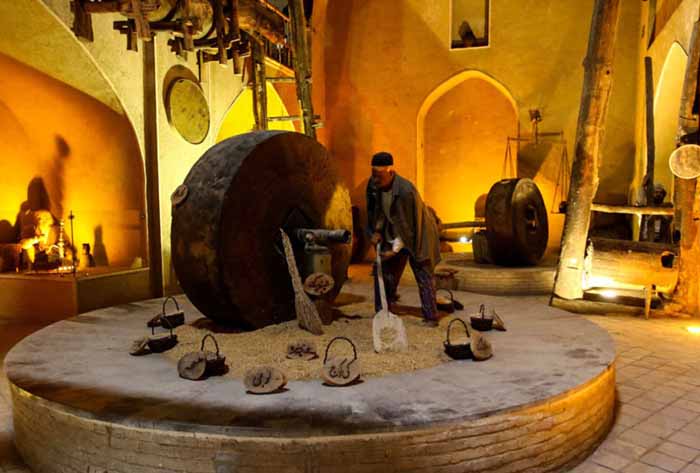
Wooden Beams
There is an interesting story behind the wooden beams of Isfahan’s Shahi Assar Khaneh. To create maximum pressure and power, the trunks of one-year-old trees were used. It was not possible to split wooden beams. Accordingly, they couldn’t easily carry the long beams through the narrow back alleys of Isfahan. Wherever the alley turned and they needed to turn the wooden beam, a house was on their way. However, it was an honor for the owners of the houses to have a part of their houses being crushed by the beams. They took it as a good omen and even celebrated this occasion. This was based on the belief that Assarkhaneh is a sacred place in its essence and the collision of its beams would cause happiness and good fortune.
The Devotion of the Revenues
In the past, the revenues attained from the public buildings were given to religious and educational centers. The founders of such buildings spent these revenues on students and professors. The revenues of Isfahan’s Shahi Assar Khaneh were also spent on the Abbasi Grand Mosque and its maintenance and renovations.
The History of Shahi Assar Khaneh
The Shahi Assar Khaneh was used from the time of its establishment until the present time (about 80 years ago). However, it has gone through many ups and downs during these 300 years. For many years, camels were used in these Assarkhanehs. But with the invention of electricity and electric motors, the millstone was powered by electricity for several years. After Shahi Assar Khaneh was closed down, this complex was renovated by the municipality Office. Today, the Assarkhaneh hosts those who are interested in gaining experience and knowledge about how they work.


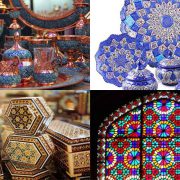
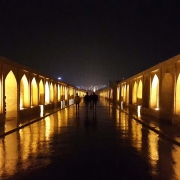
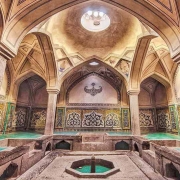
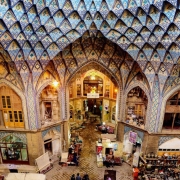
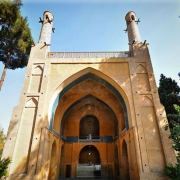
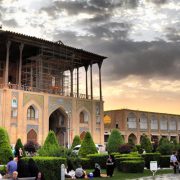
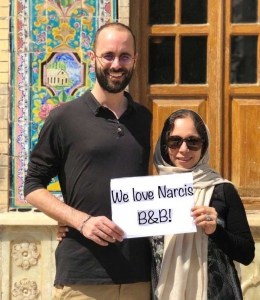




Leave a Reply
Want to join the discussion?Feel free to contribute!